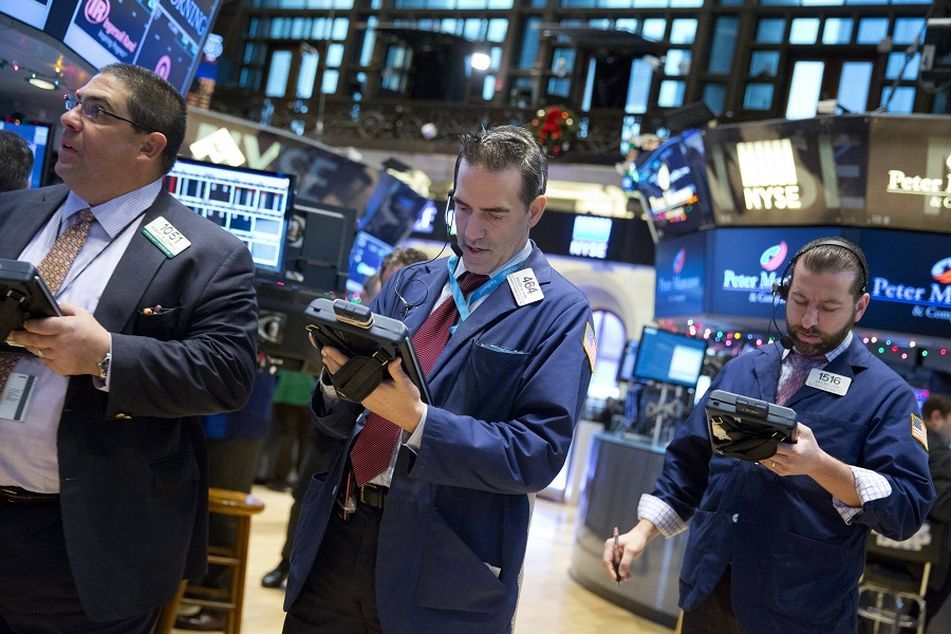Guggenheim plays the value card with new Dow dividend-focused ETF

Flip-flopping the weightings of the traditional Dow 30 stocks
With the Fed’s first rate hike in nearly a decade behind us and the uncertainty now wrapped around what comes next, the equity markets are expected to face fresh challenges until monetary policy becomes clearer.
Such a scenario could pave the way for an opportunistically timed new smart beta strategy from Guggenheim Investments.
The Guggenheim Dow Jones Industrial Average Dividend ETF (DJD), which started trading Wednesday, is weighted based on the dividend yields of the 30 stocks in the index and therefore could be characterized as a value play.
As the prices of the underlying stocks in the index decline, the dividend yields will rise in proportion, thus forcing the ETF to hold larger positions in the least-expensive stocks.
BLUE-CHIP COMPANIES
Although there are other ETFs that are weighted according to dividend yield, this is the first alternatively weighted ETF pegged to the Dow.
Examples of smart beta ETFs also weighting based on dividend yield include PowerShares S&P 500 Dividend Aristocrats (NOBL), which includes S&P 500 companies with a record of raising dividends for at least straight 25 years, and iShares Core High Dividend (HDV), which is pegged to a Morningstar focused yield index.
“The dividend ETF field is quite crowded with several dozen choices, including many tied to dividend growth and not yield,” said Todd Rosenbluth, director of mutual fund and ETF research at S&P Capital IQ.
“This ETF offers exposure to blue-chip companies based on yield,” he added.
GOLDMAN, CISCO
The Dow is a price-weighted index, meaning that the higher the stock price of a company, the larger its weighting in the index.
Investors can capture that exposure through the SPDR Dow Jones Industrial Average ETF (DIA).
But by focusing on dividend yields instead of stock prices, Guggenheim is flip-flopping much of the index exposure.
As a price-weighted index, for example, the Goldman Sachs Group Inc. (GS) is the largest index weighting at nearly 7%. Goldman shares are trading at more than $183 in mid-day trading Thursday.
But Goldman’s 1.47% dividend yield means it will have a weighting of about 1.5% in the Guggenheim ETF.
Cisco Systems Inc. (CSCO), at around $27 a share with a dividend yield of 3.17%, is the lowest-weighted stock in the traditional index at slightly more than 1%, but it represents more than 3.5% of the yield-weighted ETF.
3% DIVIDEND YIELD
Another example is Visa Inc. (V), which is trading at nearly $80 with a dividend yield of 0.73%. It makes up 3% of the traditional Dow, but only 0.79% of the yield-weighted version.
The new ETF has an expense ratio of 30 basis points and a current annualized dividend yield of 3%, which is paid quarterly.
Every company in the Dow currently pays a dividend, which is a requirement for being included in the Guggenheim ETF.
“Dividends distributed by companies have made such a huge contribution to the overall return that the value of dividends can’t be overstated,” said William Belden, Guggenheim’s managing director of product development.
“We think it’s a total return story that’s supported by dividend yield,” he added.
Learn more about reprints and licensing for this article.








